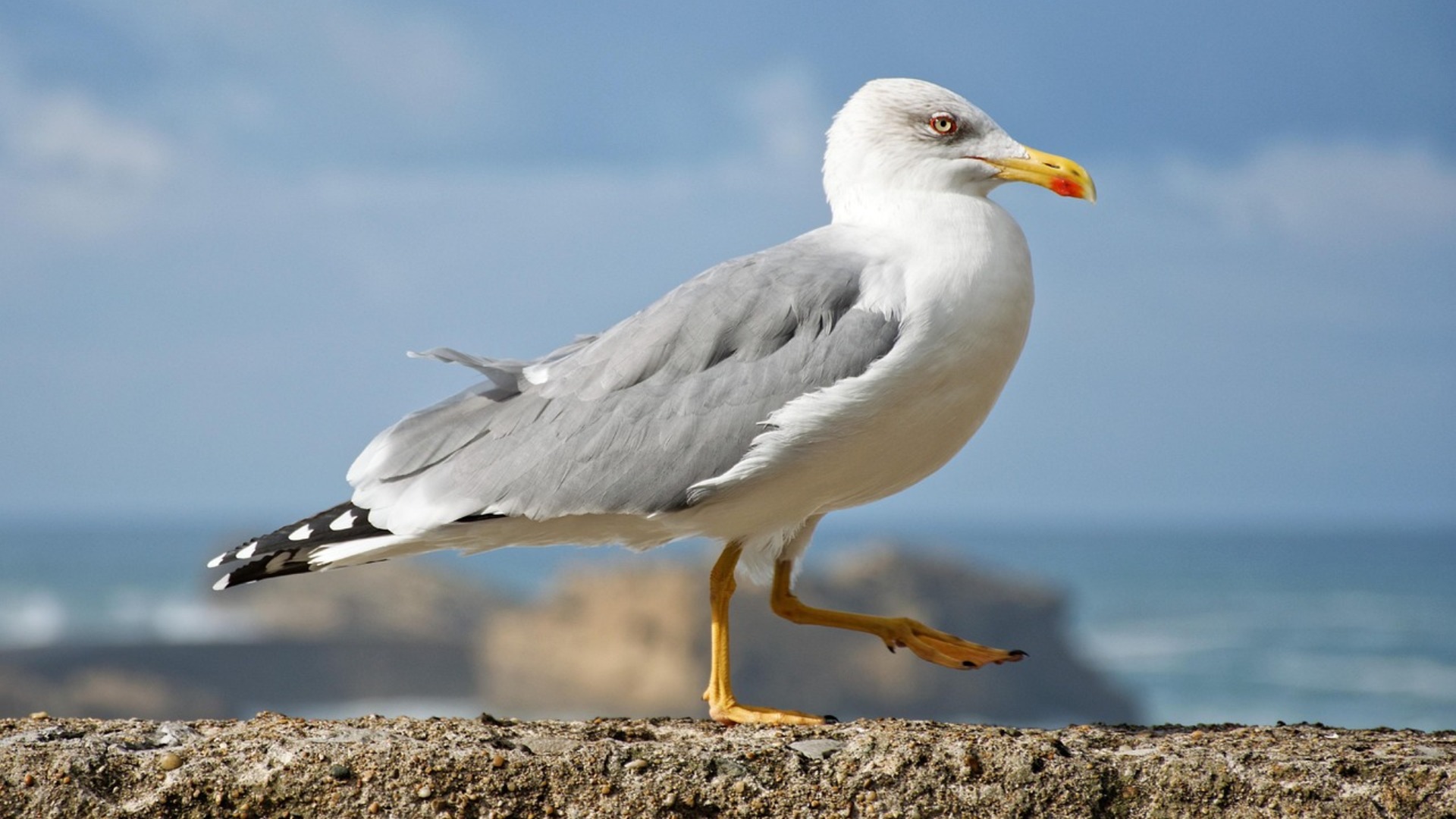Description
Gulls, particularly the Yellow-legged Gull, are increasingly settling in cities, attracted by the abundance of food derived from human waste. Voluntary or involuntary feeding encourages their presence and poses health risks, as these birds accumulate pollutants and pathogens, and can harbor parasites such as ticks. Their proximity to humans, particularly on rooftops and in urban areas, can cause nuisance for residents and risks to air safety, especially near airports such as Marignane. Communes often lack data on nesting sites, and have no harmonized way of managing conflicts. A better understanding of colonies, accompanied by concerted action by all parties involved, is essential if we are to achieve peaceful cohabitation. Raising public awareness is essential to limit interactions and remind people that this species is protected by law.

